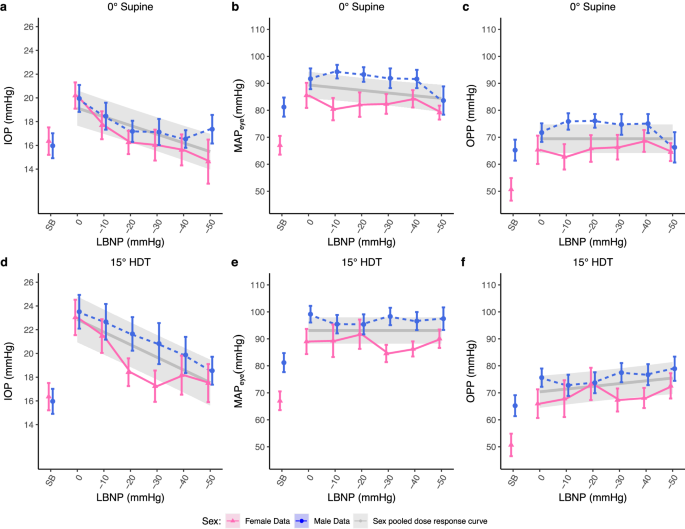2024-06-20 テキサス A&M大学
<関連情報>
- https://today.tamu.edu/2024/06/20/researchers-learning-more-about-eyes-thanks-to-astronauts/
- https://www.nature.com/articles/s41526-024-00404-5
眼灌流圧は下半身陰圧に反応して低下しない Ocular perfusion pressure is not reduced in response to lower body negative pressure
Eric A. Hall,Richard S. Whittle & Ana Diaz-Artiles
npj Microgravity Published:08 June 2024
DOI:https://doi.org/10.1038/s41526-024-00404-5

Abstract
Lower body negative pressure (LBNP) has been proposed as a countermeasure to mitigate the cephalad fluid shift occurring during spaceflight, which may be associated with the development of Spaceflight Associated Neuro-ocular Syndrome (SANS). This study quantifies the effect of LBNP on intraocular pressure (IOP), mean arterial pressure at eye level (MAPeye), and ocular perfusion pressure (OPP). Twenty-four subjects (12 male, 12 female) were subjected to graded LBNP in 0° supine and 15° head-down tilt (HDT) postures from 0 mmHg to –50 mmHg in 10 mmHg increments. IOP decreased significantly with LBNP pressure in 0° supine (by 0.7 ± 0.09 mmHg per 10 mmHg LBNP pressure, p < 0.001) and in 15° HDT (by 1.0 ± 0.095 mmHg per 10 mmHg of LBNP pressure, p < 0.001). MAPeye significantly decreased by 0.9 ± 0.4 mmHg per 10 mmHg of LBNP pressure in 0° supine (p = 0.016) but did not significantly change with LBNP in 15° HDT (p = 0.895). OPP did not significantly change with LBNP in 0° supine (p = 0.539) but it significantly increased in 15° HDT at 1.0 ± 0.3 mmHg per 10 mmHg of LBNP pressure (p = 0.010). Sex did not have a significant effect on OPP, MAPeye, or IOP in any condition. In 15° HDT, the reduction in IOP during increasing negative pressure, combined with the relatively constant MAPeye, led to the increase in OPP. Furthermore, results suggest that LBNP, while effective in reducing IOP, is not effective in reducing OPP across all postures investigated.


